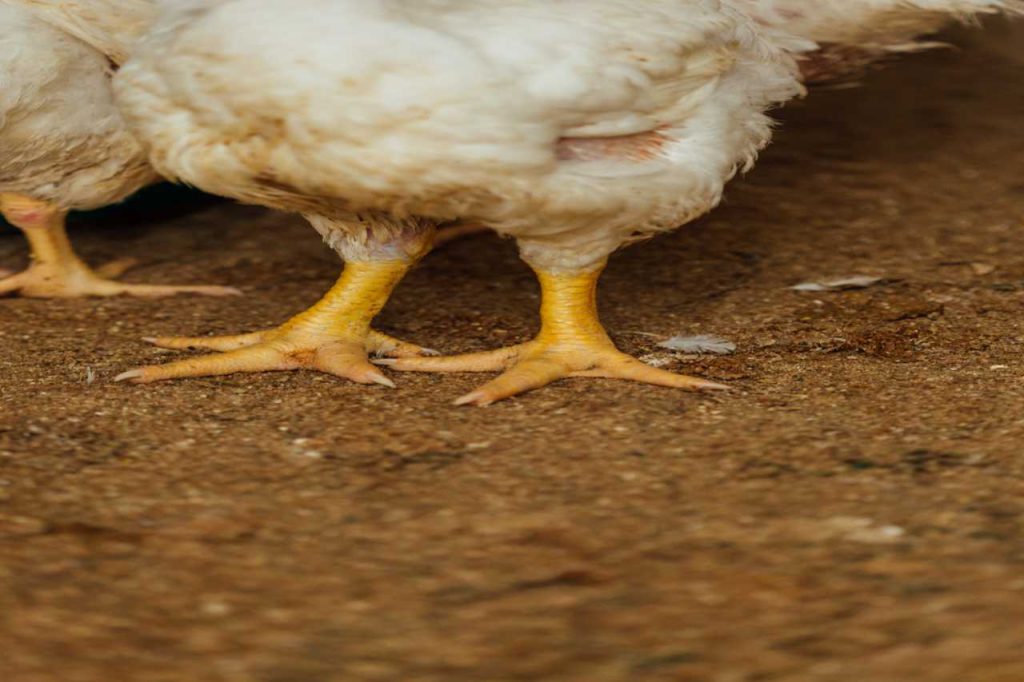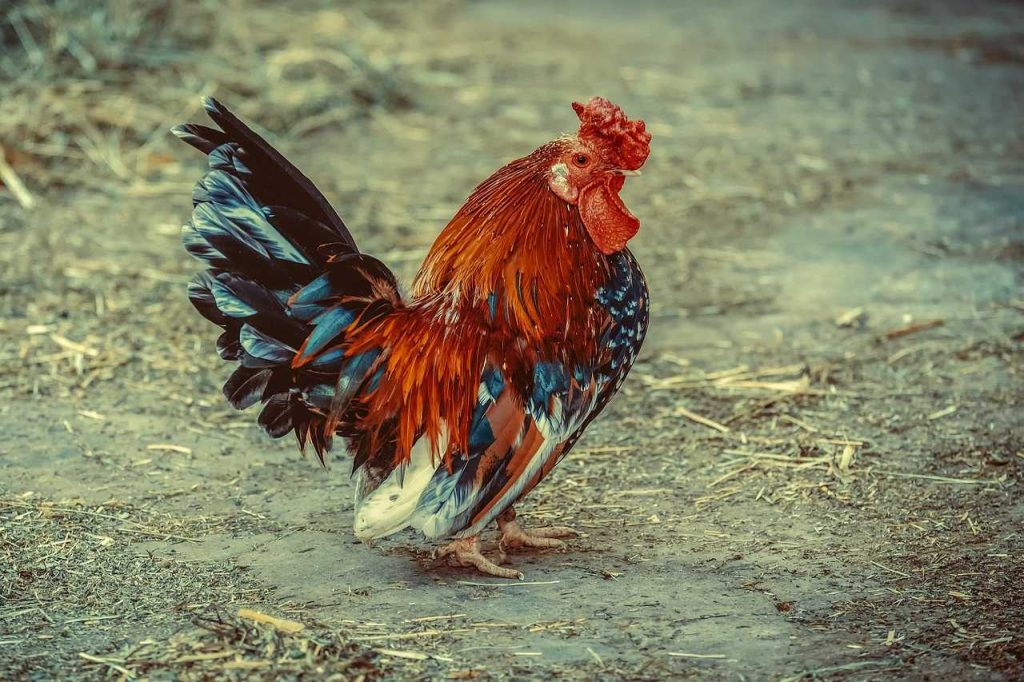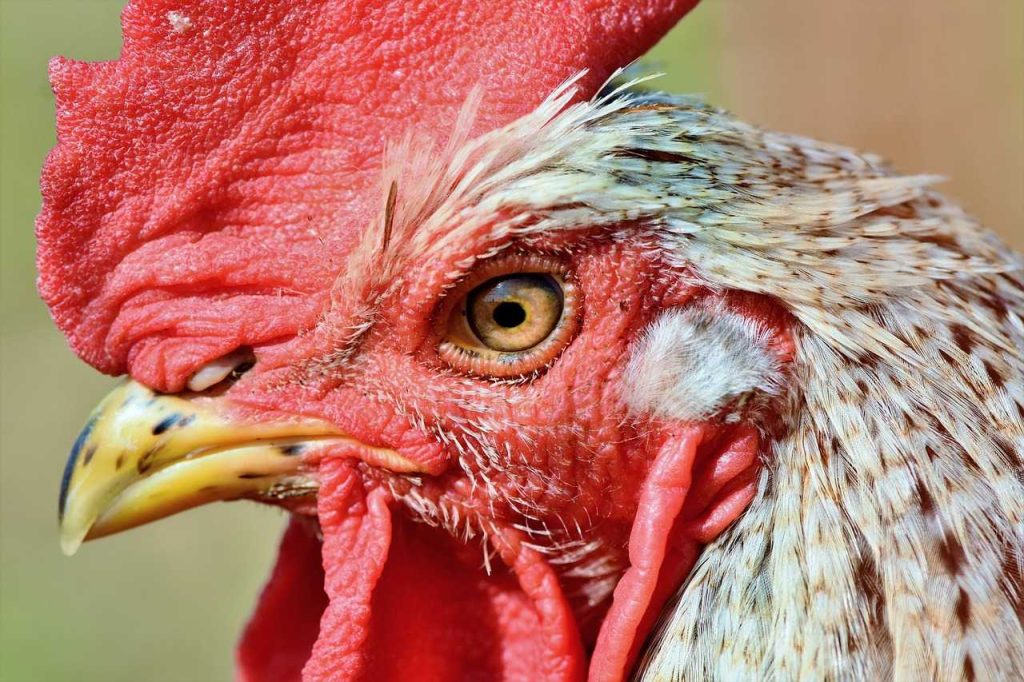Molting is one of the most fascinating processes that chickens experience in their lifecycle. To the untrained eye, it might seem alarming to see your once healthy and full-feathered birds suddenly looking ragged or even partially bald. However, understanding why chickens molt and how to support them through this natural, energy-demanding process is key to ensuring your flock remains healthy and productive.
In this blog, we’ll dive deeper into the science behind molting, discuss the various types of molting, and provide actionable tips to help your flock through this challenging period.

What is Molting?
Molting is an essential biological process where chickens shed their old, worn-out feathers and replace them with new ones. This process not only rejuvenates the chicken’s appearance but also enhances their ability to stay warm and healthy. Just like how humans lose hair daily and regrow it, chickens experience a more periodic and thorough overhaul of their feather coverage.
Molting generally occurs annually and can vary depending on several factors such as age, breed, and environment. The loss of feathers may look concerning, but it’s a natural and necessary occurrence that ensures chickens can regulate their body temperature, maintain good health, and prepare for future egg production cycles.
Types of Molting
Molting isn’t a one-size-fits-all process. Chickens can experience different types of molting throughout their lives. Here are a few main types:
1. Juvenile Molt
Chicks undergo their first molt when they lose their downy feathers and grow their first set of real feathers. This happens when they’re around 6 to 8 weeks old. During this time, baby chicks look scruffy, but it’s a sign of growth and maturity.
2. Partial Molt
A partial molt refers to when only some of the chicken’s feathers are shed and regrown. Typically, the neck and head feathers are replaced. Partial molts can happen in young pullets and cockerels as they mature but aren’t limited to young birds.
3. Annual Molt
The most significant molt occurs annually, typically in late summer or early fall. This is a full-body molt where the chicken sheds most or all of its feathers. This molt prepares them for the cold winter months by providing a fresh set of feathers that offer better insulation.
4. Stress Molt
Sometimes, chickens can experience molting as a result of stress, such as poor nutrition, changes in environment, or illness. Stress molts can happen unexpectedly and don’t necessarily follow the seasonal patterns of a normal molt.
Why Do Chickens Molt?

Molting happens for three primary reasons:
- Feather Maintenance:
Feathers provide insulation, protect against weather, and help in flight (although domestic chickens don’t fly much). Over time, feathers wear down due to exposure to the sun, rain, dirt, and dust. Molting helps refresh and replace these feathers so that chickens remain well-insulated, waterproof, and protected. - Seasonal Adjustment:
As daylight hours shorten in late summer and early fall, a chicken’s biological clock triggers the molting process. This aligns with nature’s way of preparing the bird for colder weather, where fully functional feathers become crucial for warmth. - Rest for the Reproductive System:
Egg laying is a labor-intensive process for hens. During molting, most chickens stop laying eggs altogether. The molt gives their bodies a chance to recuperate and redirect energy toward feather production. This temporary pause in egg production helps maintain the long-term health and productivity of your hens.
How Molting Affects Chickens
Molting is not only a visually dramatic process but also an energy-draining one. During this time, chickens may exhibit the following:
- Drop in Egg Production:
Most hens will stop laying eggs entirely during their molt. If your flock is primarily for egg production, be prepared for a temporary dip in output. - Change in Behavior:
Molting can make chickens feel vulnerable, irritated, or less active. You may notice your chickens avoiding social interactions or appearing less energetic during this time. In some cases, they may even hide from the rest of the flock. - Increased Nutritional Needs:
Molting is physically demanding. Chickens need more nutrients, especially protein, to grow new feathers. Without adequate nutrition, the molting process can be prolonged, leading to further stress.
The Biological Process of Feather Growth
Once a chicken begins to lose its feathers, it starts the regrowth process almost immediately. Feathers grow from follicles in the skin and start as tiny pin feathers, which are small and covered with a keratin sheath. Over time, these pin feathers mature into full-sized feathers, providing the chicken with insulation and protection.
The body prioritizes certain areas for feather regrowth. Typically, the neck feathers are replaced first, followed by the back, wings, chest, and finally, the tail. Each of these new feathers requires a great deal of protein to form and develop properly, which is why chickens need a high-protein diet during the molt.
3 Essential Tips to Help Your Flock During Molting

1. Increase Protein Intake:
Since feathers are composed of approximately 85% protein, chickens need more protein in their diets while they molt. Regular layer feed, which typically contains around 16% protein, may not be sufficient. You can boost their protein intake with the following:
- High-protein feed: Switch to a feed specifically designed for molting birds, which usually has around 20% protein.
- Protein-rich treats: Offer mealworms, sunflower seeds, black soldier fly larvae, or cooked eggs as a supplement to their diet.
- Legumes and peas: These plant-based protein sources are easy to mix into their diet and provide a healthy, natural protein boost.
2. Minimize Stress:
Chickens are creatures of habit, and any disruption to their routine can cause stress. Since molting already places a strain on their bodies, you should aim to minimize any external stressors. Here’s how you can do that:
- Avoid moving the coop: Don’t introduce any drastic changes to their environment. Keep everything stable to reduce anxiety.
- Limit handling: Molting chickens have sensitive skin, so it’s best to avoid too much physical contact during this time.
- Create a calm environment: Make sure the coop is well-ventilated, clean, and free from any predators or disturbances.
3. Maintain Warmth and Comfort:
Without their full set of feathers, chickens are more vulnerable to the elements, especially if molting coincides with cooler weather. To keep your flock comfortable:
- Provide extra bedding: Add more straw or wood shavings in the coop to keep them warm and dry.
- Ensure proper ventilation: While it’s important to keep the coop warm, you also need to make sure it’s well-ventilated to prevent respiratory issues.
- Add roosting space: Chickens need more space while they’re molting, as their new pin feathers can be sensitive. Avoid crowding by adding extra roosting bars.
Additional Tips for Managing Molting Season
- Keep dust baths clean: Chickens love dust baths, but during molting, their skin can become more sensitive. Clean the dust bath area and mix in soft sand and diatomaceous earth.
- Monitor health closely: During molting, chickens are more prone to illness due to weakened immune systems. Keep an eye out for signs of respiratory issues, lethargy, or weight loss.
- Continue hydration: Molting can make chickens thirsty, so ensure they have access to fresh, clean water at all times.
Conclusion
Molting can be a stressful time for both chickens and their owners, but with the right care and attention, your flock will come through stronger and healthier. By understanding why chickens molt, providing them with a protein-rich diet, minimizing stress, and maintaining a warm environment, you’ll ensure they grow back beautiful, healthy feathers and stay in good spirits.
With these expanded tips, you’ll be well-prepared to support your flock through molting season, and your chickens will thank you with a fresh set of plumage, renewed energy, and, eventually, a return to egg production.
